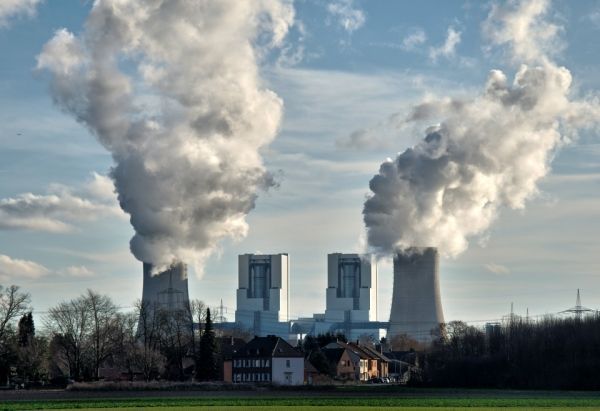Coal-fired power plants produce more than just the carbon dioxide that contributes to global warming. When burning coal, they also release particulate matter, sulphur dioxide, nitrogen oxide and mercury – thus damaging the health of many people around the world in various ways. To estimate where action is most urgently required, the research group led by Stefanie Hellweg from ETH Zurich’s Institute of Environmental Engineering modelled and calculated the undesired side effects of coal power for each of the 7,861 power plant units in the world.
Uneven pollution levels
The results, which were recently published in the journal Nature Sustainability, show that China and the US are the two largest producers of coal power, but power plants in India take the highest toll in the world when it comes to health. Central Europe, North America and China all have modern power plants, but Eastern Europe, Russia and India still have many older power plants equipped with insufficient flue gas treatment.
As a result, these power plants only remove a fraction of the pollutants – while also often burning coal of inferior quality. “More than half of the health effects can be traced back to just one tenth of the power plants. These power plants should be upgraded or shut down as quickly as possible,” says Christopher Oberschelp, the lead author of the study.
Read more at ETH Zurich
Photo credit: wobogre via Pixabay


